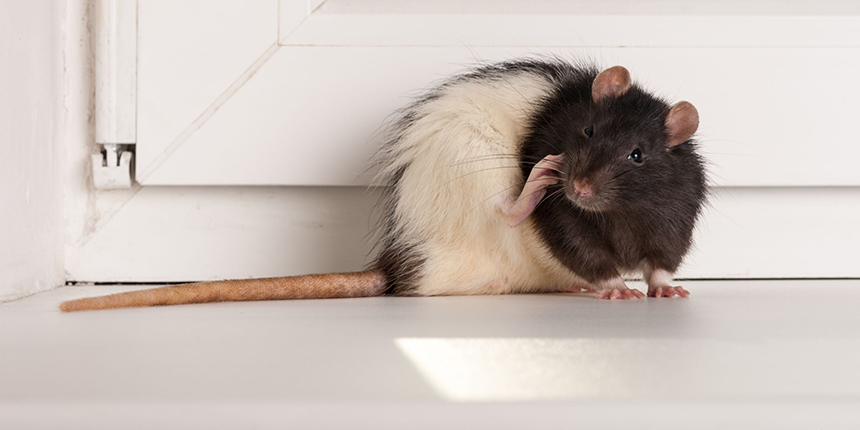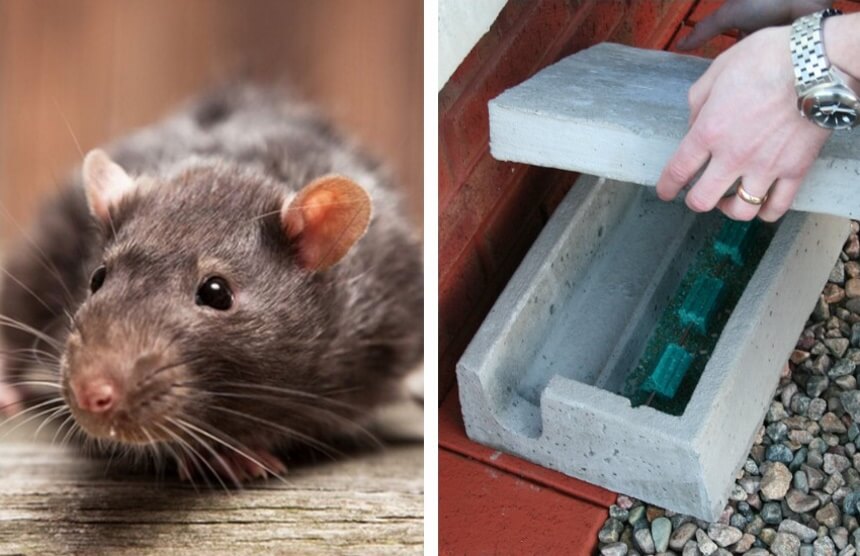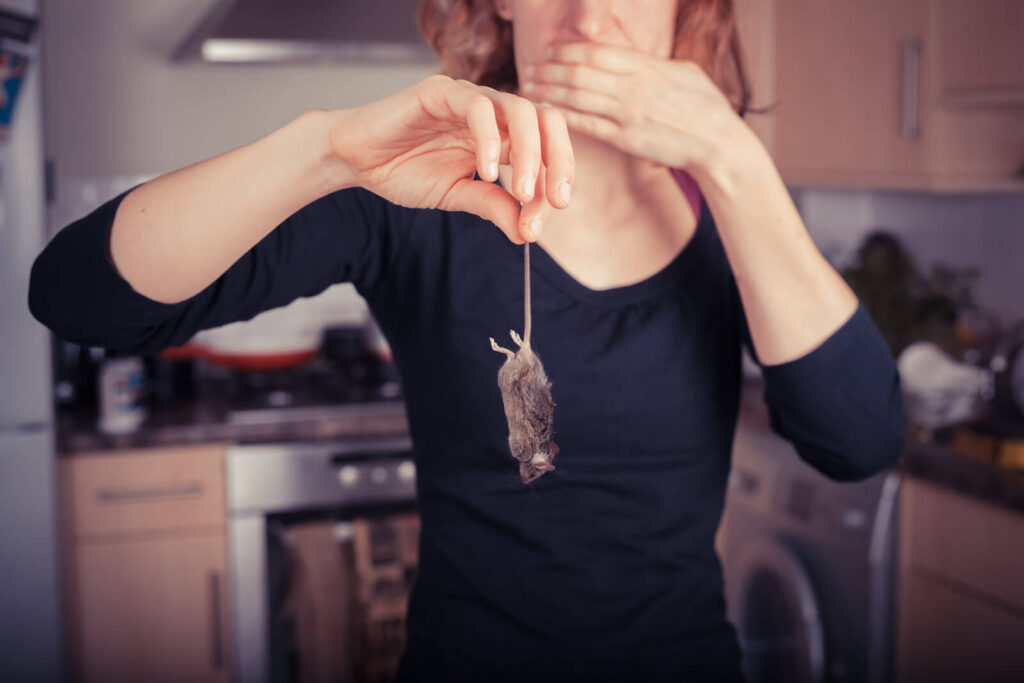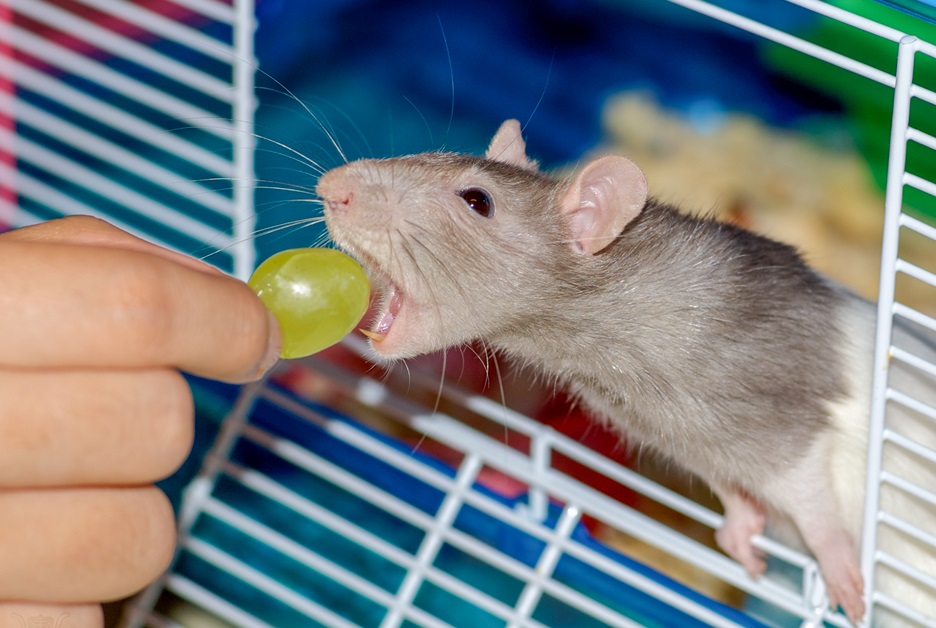

Pack rats, also known as wood rats or Neotoma albigula, are wild animals. These tiny, natural hoarders, navigate the wild, trash cans, and people’s homes to find food and nesting resources. They’re also a critical part of the ecosystem and provide food for bobcats, eagles, hawks, and coyotes. While these rats are naturally intelligent and sociable creatures, rat infestations quickly vex homeowners. Pack rats are incessant chewers, attacking everything books, cartons, cables, irrigation tubing, air conditioning tubing, attics, and garages.
Finding the best baits for pack rat traps is an effective way to control pack rat infestations. However, improper use of poisonous rat bait increases pack rat populations and kills non-target animals. If you have a gnawing rat infestation, read on to discover how to identify pack rats, how to bait pack rat traps correctly, what is the best food to bait pack rat traps with, and how to safely prevent pack rat infestations in your home.
Identifying rodent behavior helps you find the best control and treatment methods for unwanted rats. Pack rats are often confused for commensal rats, which causes incorrect use of rat bait. The main difference is their natural habitat. Pack rats live in the wild, while commensal rats live in human homes.
Here are a few facts about pack rats.
Although many types of rats are “commensal” or ““living with or in close association to humans”, here are the most common types of commensal rats.
However, most rats are consistent with the downsides. Pack rats chew through almost anything and reproduce quickly. One female can give birth to babies monthly. A newborn female is also ready for reproduction within two or three months. What’s more, feeding rats release loads of smelly urine and fecal pellets inside and around your home.
Note: Cheese is NOT an effective bait for rat traps. It’s a common stereotype that rats love cheese; however, in the real world, some rat species don’t consume cheese. What’s more, cheese may have an unappealing smell with deters rats.
Rodenticides are pesticides that kill rodents. These poisons are usually recommended for killing commensal rodents that appear indoors and within human premises. While the primary target for the rodenticide is the rat, any person or animal that unintentionally consumes a rodenticide can be killed. That includes other wild animals, pets, and children.
Rodenticides broadly fall into two categories- anticoagulants and non-anticoagulants. Coagulants are blood thinners and cause death in around four to two weeks after a rat begins to feed on the bait. Note, rats can hoard poison and consume it later.
First-generation anticoagulants are approved for controlling rat infestations and baiting rat traps. These contain chlorophacinone, diphacinone bromethalin, cholecalciferol, warfarin, or zinc phosphide. The Tomcat Bait Chunx with bromethalin and JT Eaton Bait Block Rodenticide with diphacinone are suitable rat trap baits for commensal rats.
Both rodenticides are food-flavored to attract rats. Mice cannot carry the huge chunks away, but they’re likely to start moving the chinks after gnawing at them. Unfortunately, if the rats leave the exposed bait on the floors, a pet or child may pick it up. So, consider your child and pet’s safety.
You should also avoid second-generation products to control rodents. These are rodenticides containing brodifacoum, bromadiolone, difenacoum, or difethialone. Although these rodenticides work faster, the poisoning compounds tend to last longer in the animal tissue, which poses a threat for animals that feed on the bait.
Non-target animals such as cats, dogs, owls, and hawks may die after eating rats treated with second-gen anticoagulants. To prevent poisoning pets and wild animals, dispose the carcasses of poisoned rodents properly.
As illogical as it sounds, setting up poison bait stations for pack rats around your home exacerbates the problem. Pack rats are attracted to poison bait food, and as such, their population around and inside your home is likely to increase. They also create nests inside bait stations, because it’s safe from predators. The worst part is that poison kills natural rat predators, which eliminates natural forms of rat control.
After identifying where the pack rats are most active, we recommend using glue traps or snap traps. These traps kill individual rats without exposing wildlife, pets, and children to poisoning. However, rats are cautious of new objects, but they’re naturally curious.
You can even make a pack rat trap by yourself, following the guide below.
The best way to control pack rat infestations is to remove ideal conditions for nesting and feeding.
Pack rats are not commensal rats. They live in the wild and only invade human homes to look for food and nesting materials. Rodenticides and poisonous rat trap baits increase pack rat infestations and kill non-target animals. Here, we discussed the best pack rat baits, which are fruits, nuts, seeds, and human food. Snap traps and glue traps are a safe and effective way to control pack rats. Also, you should remember that removing food and shelter for pack rats reduces infestations.





